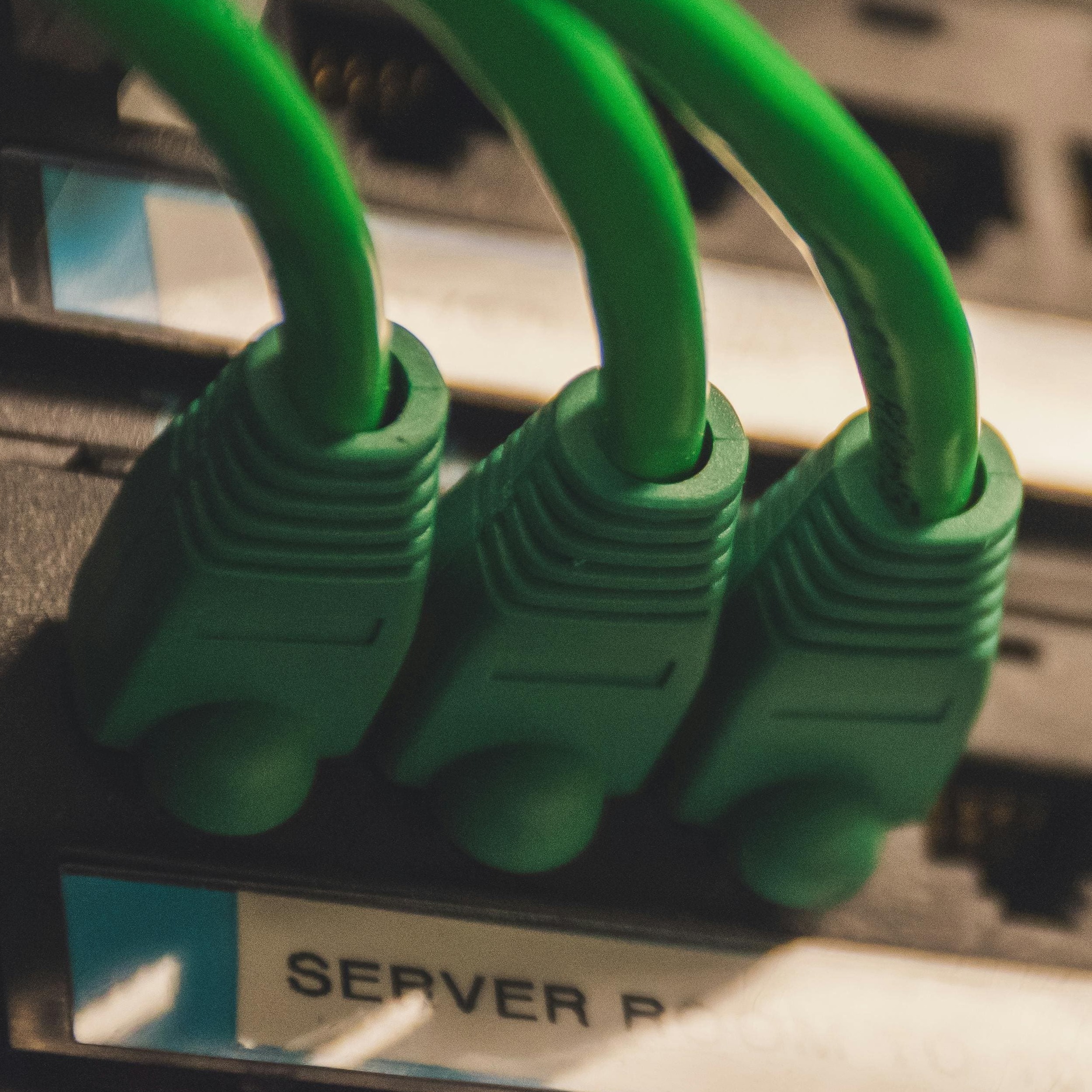Intro
Want instant notifications for new SSH logins? Integrating Signal chat app allows you to receive immediate alerts whenever someone logs into your server via SSH. This enhances security by keeping you informed of access attempts in real-time, enabling prompt action if unauthorized access is detected.
Prerequisite
Before we start, ensure you have the following prerequisites:
- A server or machine with Docker installed.
- Basic understanding of Docker concepts such as containers, images, and volumes.
- Docker Compose.
Signal
To communicate from the shell environment to Signal, we will use the signal-cli-rest-api. This REST API is designed to call the signal-cli binary under the hood.
I prefer to use this REST application to avoid installing signal-cli directly on my server and to enable integration with other applications, such as Home Assistant.
To configure the service, create a docker-compose.yml file on a signal folder.
services:
signal:
image: bbernhard/signal-cli-rest-api:latest
container_name: signal-cli-rest-api
environment:
- MODE=native
volumes:
- ./data://home/.local/share/signal-cli
ports:
- 8080:8080To start the container, simply run:
docker compose up -dThe server should be starting. You can now link it to your Signal account using the qrcodelink endpoint: http://localhost:8080/v1/qrcodelink?device_name=signal-api. Scan the generated QR code with the Signal application by navigating to Settings → Linked devices.
Pam
To trigger a script while logging into SSH, we can use the pam configuration. It provides a flexible and centralized way to manage authentication-related tasks across various services. Edit the /etc/pam.d/sshd file by adding the lines below:
# Execute script on login
session optional pam_exec.so seteuid /opt/login.shYou can now create the script /opt/login.sh with the lines below:
#!/bin/sh
NUMBER="+33xxxxxxxx"
URL=http://localhost:8080
MESSAGE="New device connection\nDate: $(date +"%d/%m/%Y %H:%M:%S")\nUser: ${PAM_USER}\nIp: ${PAM_RHOST}"
if [ "$PAM_TYPE" != "close_session" ]; then
curl -X POST -H "Content-Type: application/json" "${URL}/v2/send" \
-d "{\"message\": \"${MESSAGE}\", \"number\": \"${NUMBER}\", \"recipients\": [ \"${NUMBER}\" ]}"
fiThis will automatically send a message through signal-cli-rest-api directly to your Note to self personal Signal channel.
In addition, you can setup a reverse proxy to access your signal-cli-rest-api using HTTPS to enhance security, check out 01-caddy-in-docker and 09-caddy-wildcard-certificates.
Resources
signal-cli-rest-apiGithub: https://github.com/bbernhard/signal-cli-rest-apisignal-cliGithub: https://github.com/AsamK/signal-cli- PAM documentation: https://www.man7.org/linux/man-pages/man8/PAM.8.html
- Photo by rivage on Unsplash



